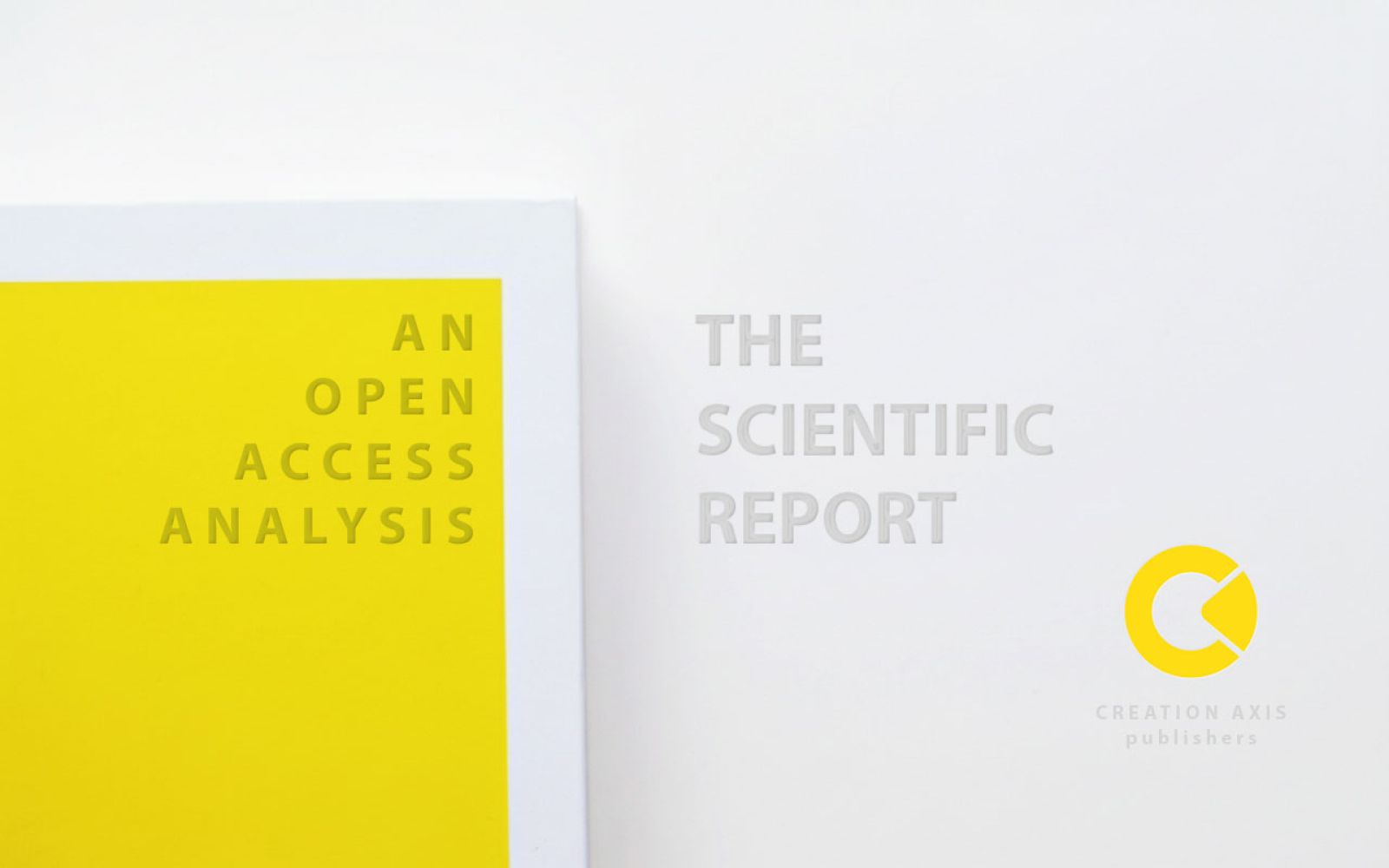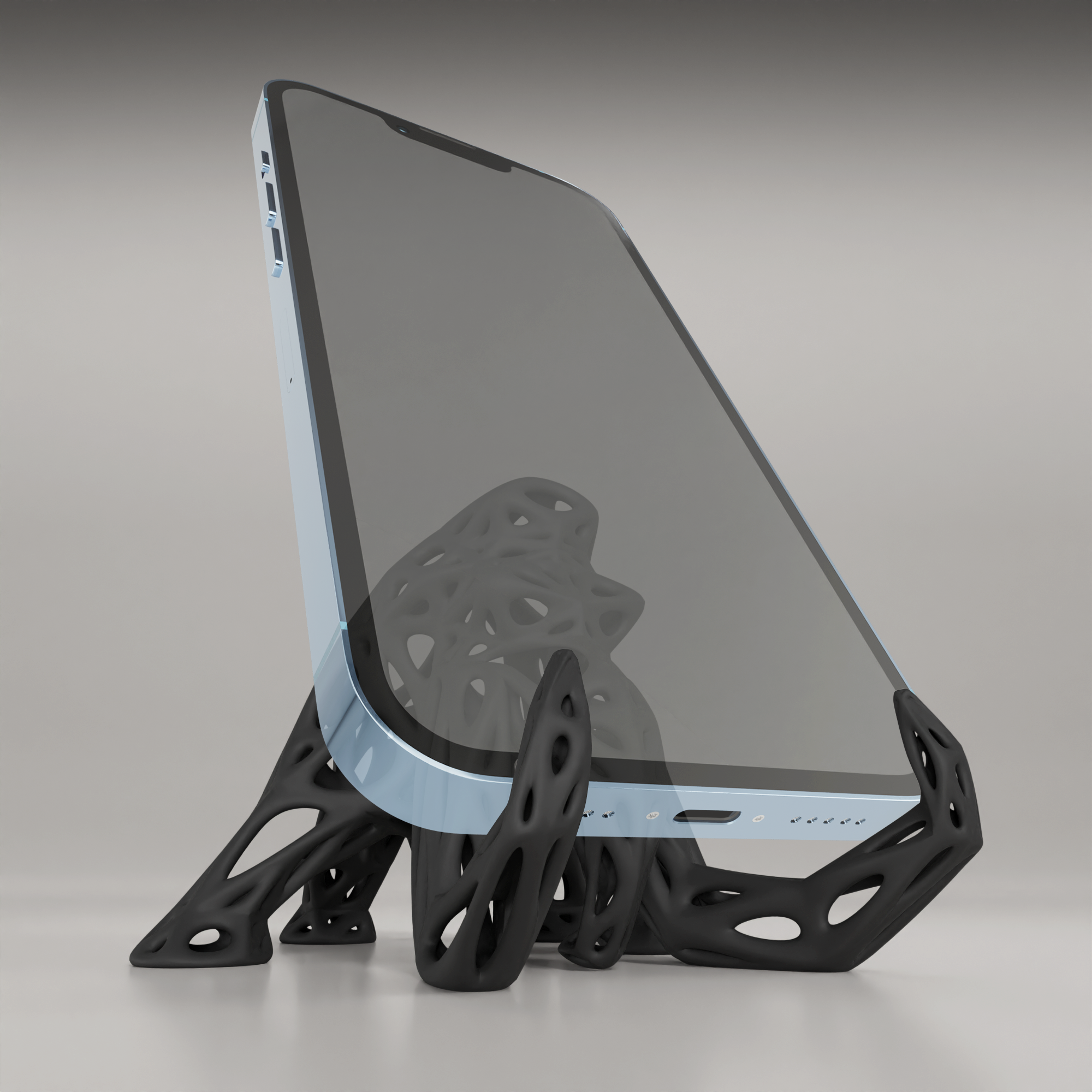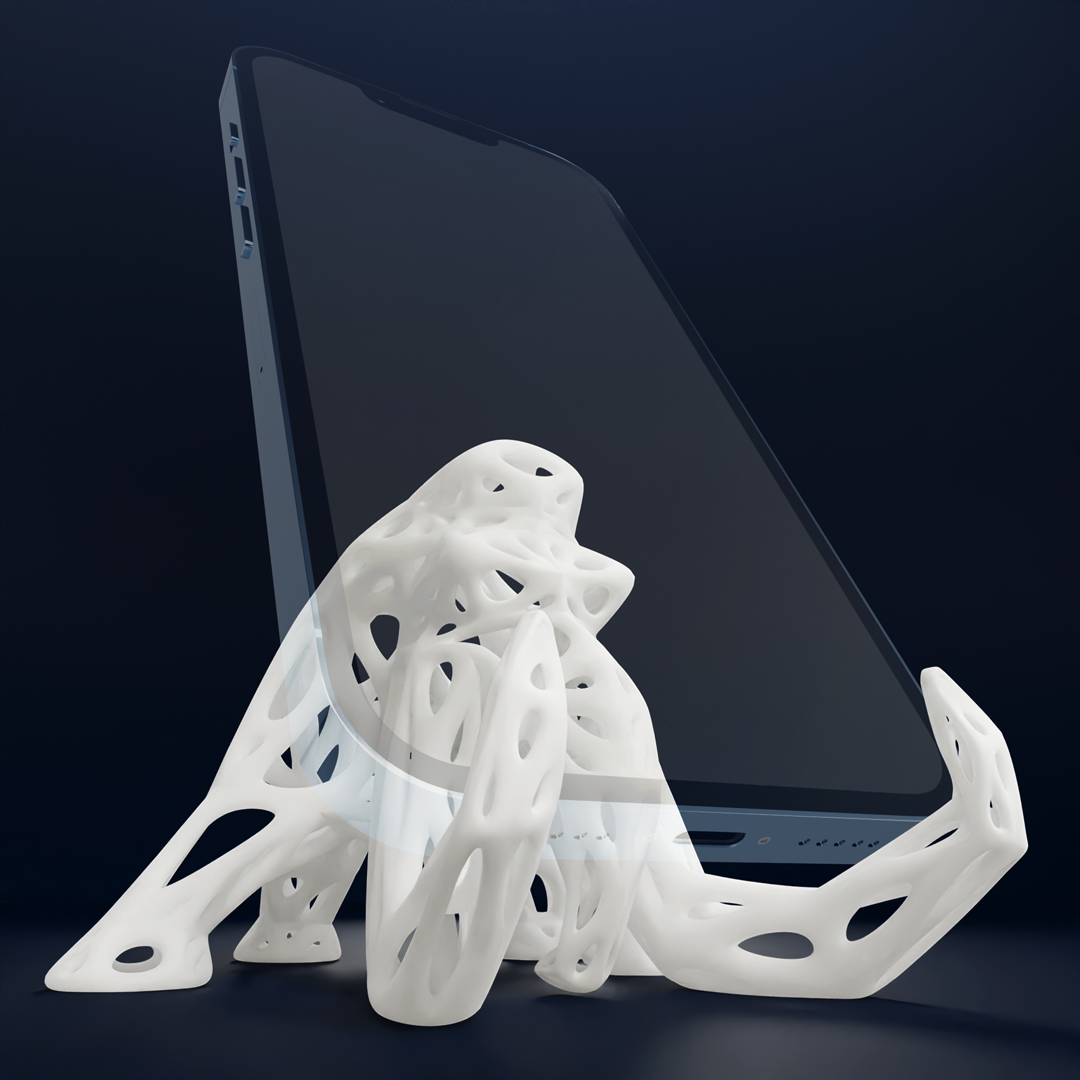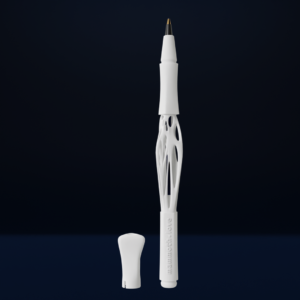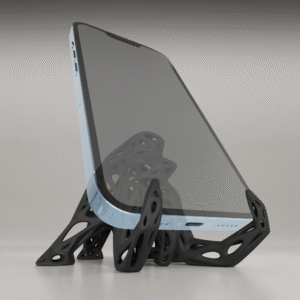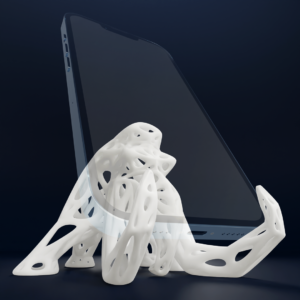
That feeling of being pulled in two directions? The anxiety, the indecision?
That’s the battle between your primal panic button and your modern, logical mind.
-
Why Your Brain Freaks Out About Change?
Ever feel like your life just threw a massive plot twist at you? Maybe it’s starting a new school, a breakup you didn’t see coming, or even just moving to a new apartment. One minute you’re cruising, and the next, your internal alarm system is blaring. You feel anxious, overwhelmed, and all you want to do is hit the “undo” button.
If that sounds familiar, you’re not broken. You’re human. And your brain is doing exactly what it was designed to do millions of years ago.
-
Your Brain’s Ancient Survival Mode Is Messing With Your Vibe:
Deep inside your brain is a tiny, almond-shaped part called the amygdala. Think of it as your brain’s super-sensitive smoke detector. Its main job? To scream “DANGER!” anytime something unfamiliar happens.
When you face a big change, your amygdala doesn’t know the difference between a tiger about to attack and a notification that your team at work is being reorganized. It just detects “the unknown” and hits the panic button.
This triggers a flood of stress hormones like adrenaline and cortisol. Your heart races, your palms get sweaty, and your mind goes blank. This is your body’s “fight-or-flight” mode. It was super helpful for our ancestors, but in 2025, it mostly just makes you want to hide under the covers and binge-watch a comfort show.
Meanwhile, the logical, grown-up part of your brain, the prefrontal cortex (think of it as your inner mentor or coach), is trying to be chill. It’s saying, “Hey, it’s okay, we can figure this out.” But the amygdala is so loud that it’s hard for your rational brain to get a word in.
The Real Cost of Staying Stuck
When you let that panic button run the show for too long, it starts to wear you down. Chronic resistance to change doesn’t just feel bad; it leads to serious burnout, messes with your relationships, and can even make you physically sick. It’s the reason you feel exhausted all the time, snap at people you love, and can’t focus on your goals.
But here’s the good news: you can train your brain to react differently. Your brain is incredibly adaptable—a quality called neuroplasticity. You can literally build new mental pathways that make you more resilient, calm, and ready for anything.
Your 3-Step Toolkit for Navigating Change
Step 1: Name It to Tame It.
The first step is to simply notice what’s happening inside you, without judgment. When that wave of anxiety hits, pause for a second. Take a breath. Silently say to yourself, “Okay, this is anxiety. My amygdala is firing off. I feel it in my chest.”
By naming the feeling, you shift from being the emotion to observing it. This simple act activates your logical prefrontal cortex, turning down the volume on the amygdala’s alarm. You’re not trying to fix it or fight it; you’re just acknowledging it. It’s like saying, “I see you, panic mode. Thanks for trying to protect me, but I’ve got this.”
Step 2: Flip the Script.
Your brain’s first draft of any story involving change is usually a negative one, filled with “what ifs” and worst-case scenarios. Your job is to become an editor and rewrite the story.
Grab a notebook or open the notes app on your phone. Write down the scary thought that’s on repeat. For example: “I’m going to fail at this new job.”
Now, challenge it. Ask yourself:
- Is that 100% true?
- What’s a more balanced or positive way to look at this?
- What’s one piece of evidence that I might actually succeed?
Your “flipped script” might be: “This new job is a challenge, and I’m still learning. I have skills, and it’s okay to ask for help.” You’re not lying to yourself or being toxicly positive. You’re finding a more realistic, hopeful, and empowering perspective.
” Change will never be completely comfortable—it’s not supposed to be. It’s the friction that helps us grow. But it doesn’t have to be a crisis. By understanding your brain and using these tools, you can learn to navigate the unknown with more confidence, calm, and courage than you ever thought possible. You’ got yourself “
Step 3: Take One Tiny Step.
Change feels overwhelming because we see the entire staircase, and it looks impossibly high. The secret is to forget the staircase and focus on the very first step. Just one.
What is the absolute smallest, easiest action you can take to move forward? Not the whole to-do list, just one tiny thing.
- Feeling overwhelmed by a new project? Just open the document and read the first paragraph.
- Anxious about going to a social event? Just pick out your outfit.
- Scared to start a new workout routine? Just put on your workout clothes.
This is called behavioral activation. Every tiny step you take sends a powerful message to your brain: “Hey, see? This is manageable. We survived.” This builds momentum and creates a positive feedback loop, making the next step feel just a little bit easier.
Change will never be completely comfortable—it’s not supposed to be. It’s the friction that helps us grow. But it doesn’t have to be a crisis. By understanding your brain and using these tools, you can learn to navigate the unknown with more confidence, calm, and courage than you ever thought possible.

Andrejevic, M. (2022). Facial recognition technology in context. In The Cambridge Handbook of Facial Recognition in the Modern State. Cambridge University Press. https://www.cambridge.org/core/books/cambridge-handbook-of-facial-recognition-in-the-modern-state/facial-recognition-technology-in-context/A4F5E2C52EF9CFD27E8F04D0DD60074D
Artiga, S., & Hinton, E. (2018). Beyond health care: The role of social determinants in promoting health and health equity. Kaiser Family Foundation. https://www.kff.org/racial-equity-and-health-policy/beyond-health-care-the-role-of-social-determinants-in-promoting-health-and-health-equity/
Birtalan, E., E, K., T, T., A, B., & Z, K. (2023). The role of the need to belong and the fear of social exclusion in the context of social media use. Behavioral Sciences, 13(3), 195. https://doi.org/10.3390/bs13030195
Bryan, M. L., et al. (2024). The socioeconomic consequences of loneliness. ESRC Research Centre on Micro-Social Change (MiSoC). https://eriskstudy.com/media/24zn312c/bryan-et-al-2024-the-socioeconomic-consequences-of-loneliness.pdf
Caballero, A. (2023). The art of love: A comprehensive model for successful romantic relationships [Master’s thesis, University of Pennsylvania]. ScholarlyCommons. https://repository.upenn.edu/bitstreams/12f27e6c-616c-4a8e-9f6a-b60ddf57974a/download
Cacioppo, J. T., et al. (2015). Loneliness: Clinical import and interventions. Perspectives on Psychological Science, 10(2), 238-249. https://pmc.ncbi.nlm.nih.gov/articles/PMC9998496/
Center for BrainHealth. (n.d.). The economics of loneliness. https://centerforbrainhealth.org/article/economics-of-loneliness
Centers for Disease Control and Prevention. (2025, August 1). About data: Community connection. https://www.cdc.gov/mental-health/about-data/community-connection.html
Colman, A. M. (2025). Social identity theory. In A Dictionary of Psychology (5th ed.). Oxford University Press. https://www.oxfordreference.com/display/10.1093/oi/authority.20110810105901500
EducateMe. (n.d.). Social learning in the workplace: Theory, benefits, and examples. https://www.educate-me.co/blog/social-learning-in-the-workplace
Eisenberger, N. I., & Lieberman, M. D. (2004). Why rejection hurts: A common neural alarm system for physical and social pain. Trends in Cognitive Sciences, 8(7), 294-300. https://sanlab.psych.ucla.edu/wp-content/uploads/sites/31/2015/05/Eisenberger_TICS-2004.pdf
Fuglsang, L., Rønning, R., & Vaskelainen, T. (2020). Open innovation and the public sector: what we know and where we are going. European Journal of Innovation Management, 24(5), 1645-1667. https://doi.org/10.1080/13662716.2020.1792274
Gaffney, A. M., & Hogg, M. A. (2022). Social identity theory. In Oxford Research Encyclopedia of Psychology. Oxford University Press. https://oxfordre.com/psychology/display/10.1093/acrefore/9780190236557.001.0001/acrefore-9780190236557-e-681
Harvard T.H. Chan School of Public Health. (2025, January 9). From loneliness to social connection: Lessons from research and a global pandemic. https://hsph.harvard.edu/health-happiness/news/from-loneliness-to-social-connection-lessons-from-research-and-a-global-pandemic/
Kelly, M., & Kelly, S. (2018). Predictive processing, social practice and the self. Frontiers in Psychology, 9, 2478. https://doi.org/10.3389/fpsyg.2018.02478
Kircanski, K., et al. (2016). Dorsal anterior cingulate cortex responses to repeated social evaluative feedback in young women with and without a history of depression. Frontiers in Behavioral Neuroscience, 10, 64. https://doi.org/10.3389/fnbeh.2016.00064
Kross, E., et al. (2011). Social rejection shares somatosensory representations with physical pain. Proceedings of the National Academy of Sciences, 108(15), 6270-6275. https://journals.plos.org/plosone/article?id=10.1371/journal.pone.0128294

Enthusiast decoder on the “why” behind human behavior. I don’t just study the mind, but build compelling worlds for it to explore.
.
Newsletter
The Source Report
-
Audio Overview:
06:08 minutes
-
Reading Length:
13:23 minutes
-
Publisher:Creation Axis
-
Release:Summer 2025

